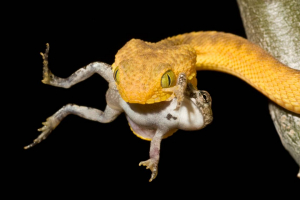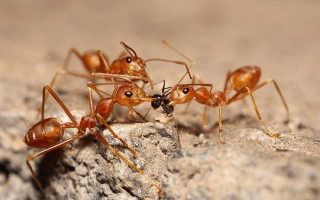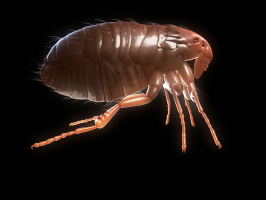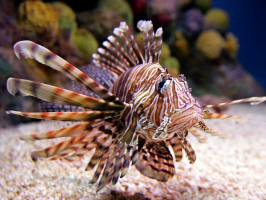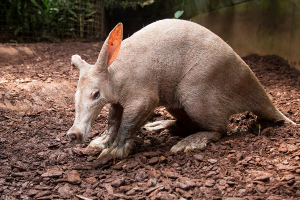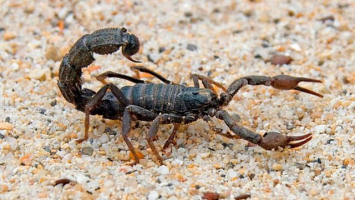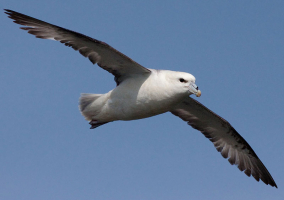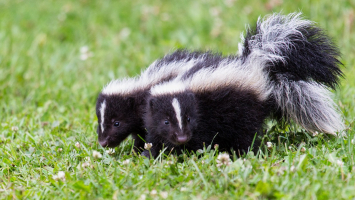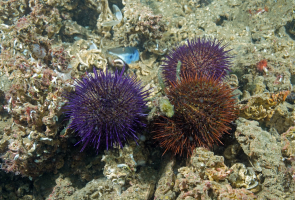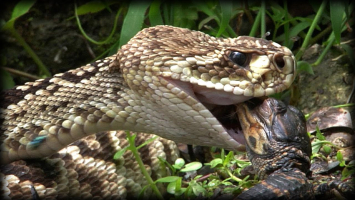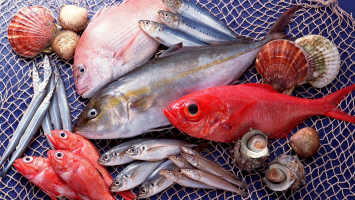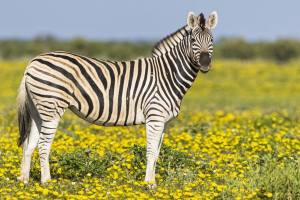Top 5 Predators of Starfish that Eat Starfish
Scientists more frequently refer to starfish as sea stars because of their hard, bony outer skeleton. Most other animals find starfish difficult to discover ... read more...and tough to eat because of their strong exoskeletons and ability to cling to rocks with suction-cup-like feet, but starfish do have a few predators. Let's look at the top 5 predators of starfish that eat starfish.
-
Sharks are apex predators that are notorious for consuming large amounts of food. They are natural marine predators. Some consume plankton, while others hunt bigger fish and land animals. They occasionally consume the sluggish sea stars that reside on the ocean floor.
Starfish are eaten by sharks that prowl close to the ocean's bottom. However, not all sharks consume sea stars. Some sharks, including the nurse, horn, and Port Jackson sharks, have been observed to eat starfish. All of these sharks have powerful enough jaws to break through the starfish's tough bony outer shell and consume the meat within. There isn't much meat there, though, and the majority of sharks prefer squid and other creatures with soft bodies since they are simpler to catch.
Sharks avoid eating starfish because they don't provide enough nourishment to meet their large nutritional needs, which is the main reason why sharks don't consume starfish. The sparse amounts of flesh in starfish's slender bodies are insufficient to satiate a large shark's appetite. As a result, you may usually find sharks chasing fish, squid, octopuses, and even smaller sharks. When they are without additional food, starfish are a part of their diet.
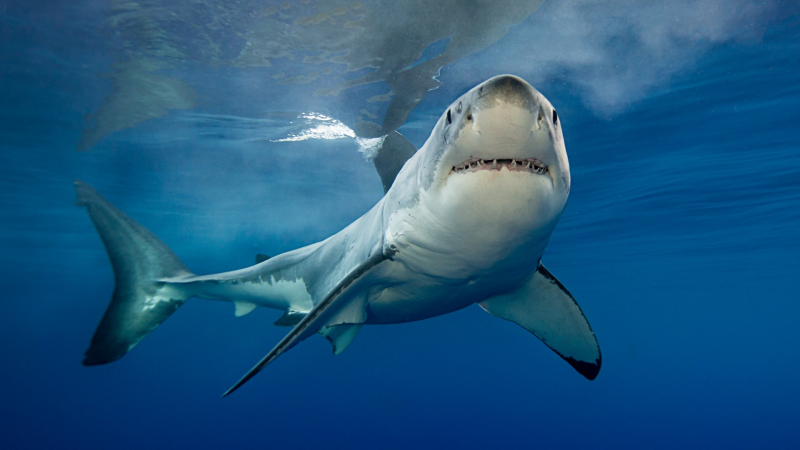
livescience.com 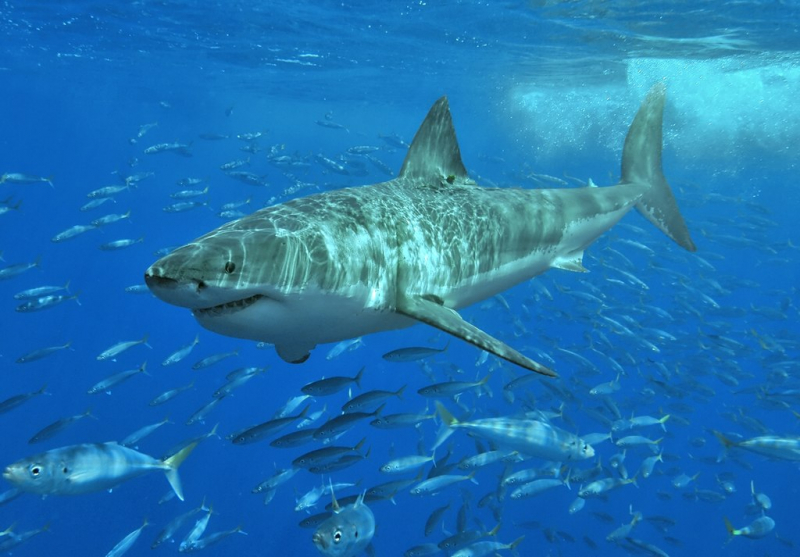
vi.m.wikipedia.org -
The manta ray is well known for having fins that resemble horns and give them an 'evil' aspect. Manta rays are often known as devilfish because of this. This animal, which is a stingray's "relative," is frequently seen in tropical and temperate seas. Large dark-brown or black marine animals that are closely linked to sharks, and manta rays are most frequently seen in the warm seas surrounding islands.
Since they lack teeth, they can only consume by sifting food through their mouths. The manta ray is a filter feeder, which means it eats aquatic food that is suspended in the water. It can eat krill, shrimp, and planktonic crabs by using this technique. Manta rays eat mostly plankton, although they will also eat starfish if they come upon it. Both the soft flesh and the hard exoskeleton of the starfish are edible to the manta ray. Since coral reefs include starfish, they typically graze nearby since they have an abundance of food there.
The manta ray's species is currently regarded as threatened since it takes them roughly a year to give birth to pups. The number of manta rays has significantly decreased due to overfishing and environmental problems. However, one of the most frequent predators of starfish that eat starfish is the manta ray.
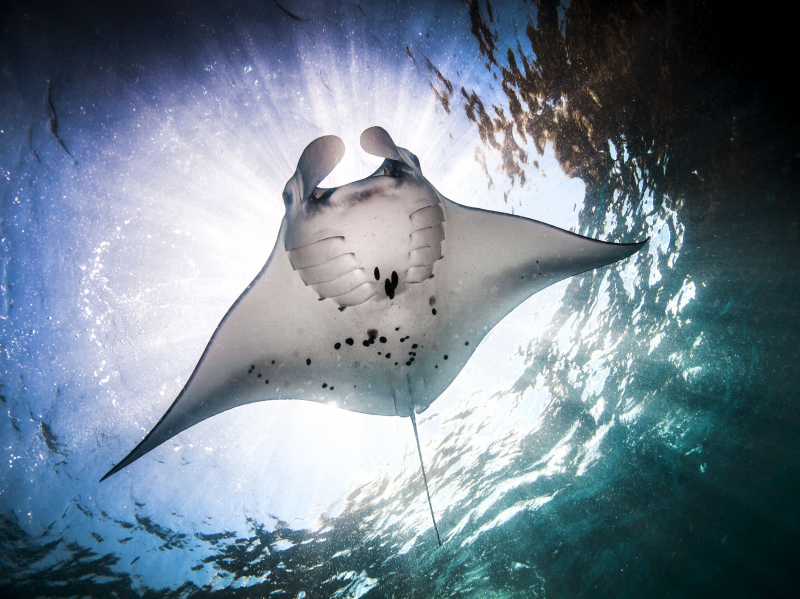
thoughtco.com 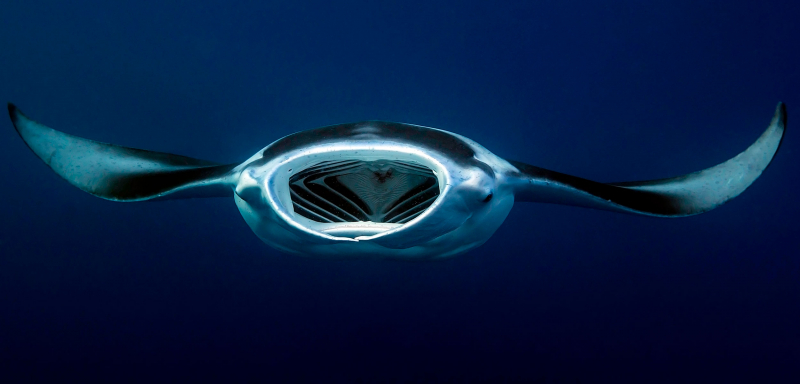
hakaimagazine.com -
One of the larger predators of starfish that eat starfish is the sea turtle, which may be found practically wherever (except the poles). The leatherback sea turtle is one species that may reach up to 1500 pounds. Additionally, it has the incredible ability to reach a length of 9 feet. An underwater dive by a sea turtle can last anywhere from five to forty minutes depending on whether it's searching for starfish or other prey.
Although this shelled reptile enjoys eating fish, worms, and sea stars, it also consumes plant-based foods. The marine turtle can survive on a diet of seaweed and seagrasses since it is an omnivore. In fact, as they age, sea turtles are inclined toward a diet that is more herbivorous.
Snails, leeches, slugs, clams, and starfish are just a few of the various underwater animals that sea turtles can consume. Sea turtles may easily shatter the limbs of a starfish with their razor-sharp beak and powerful jaws. A starfish that has been snagged by a turtle is unable to escape the reptile's clutches. When the turtle holds the complete sea star in its mouth, the starfish can tear off a limb, but the echinoderm cannot escape if this happens. Due to their sluggish movement, turtles frequently favor starfish as prey. Giant turtles have the ability to devour a starfish whole, but smaller sea turtles may swiftly turn them over and eat the juicy side.
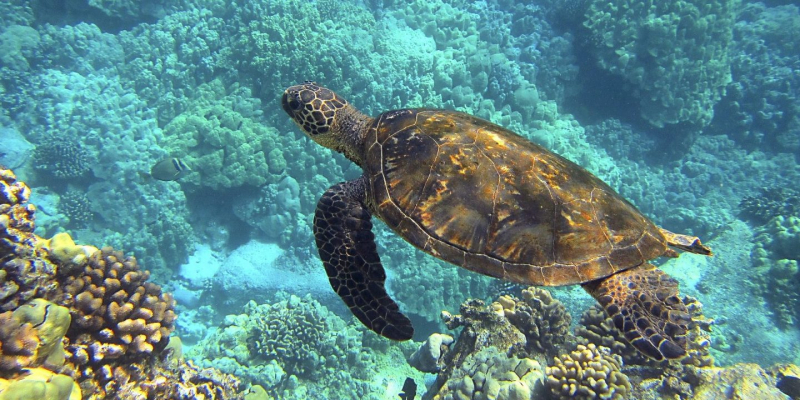
thiennhien.net 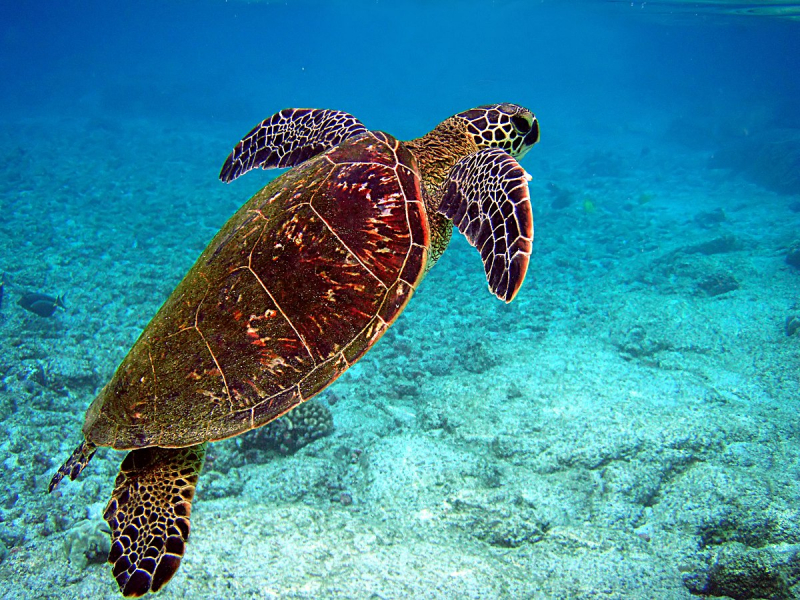
en.wikipedia.org -
Red King Crab will be our next topic of study because it is a predator of starfish. This shelled animal shows to be the largest of all the crustaceans that are commercially collected. This species is frequently seen in the Gulf of Alaska and the Bering Sea and is known as the "monarch" of all king crabs. The typical red king crab may grow to weigh around 28 pounds and have legs that can extend for around 5.9 feet. Three sets of legs are used by the red king crab to move around. For grabbing prey, it also has a pair of claws. Crushing prey is done with the larger claw, whereas handling food is done with the smaller claw.
Red king crabs come in various sizes, and as a result, they have different feeding preferences. Algae, tiny clams, and tiny worms are their favorite foods for the smaller. Contrarily, the larger ones eat a wide range of other creatures. In addition to starfish, they consume numerous other marine animals. These bigger crustaceans consume a variety of foods in addition to starfish, including fish, mussels, clams, worms, barnacles, and even other crabs. Prior to eating the starfish, the Alaskan king crab loves to disassemble it. In order to make eating the starfish simpler, the Alaskan king crab will shred it into bite-sized pieces. The starfish has the ability to grow new limbs if it can escape the crab without harming its primary body.
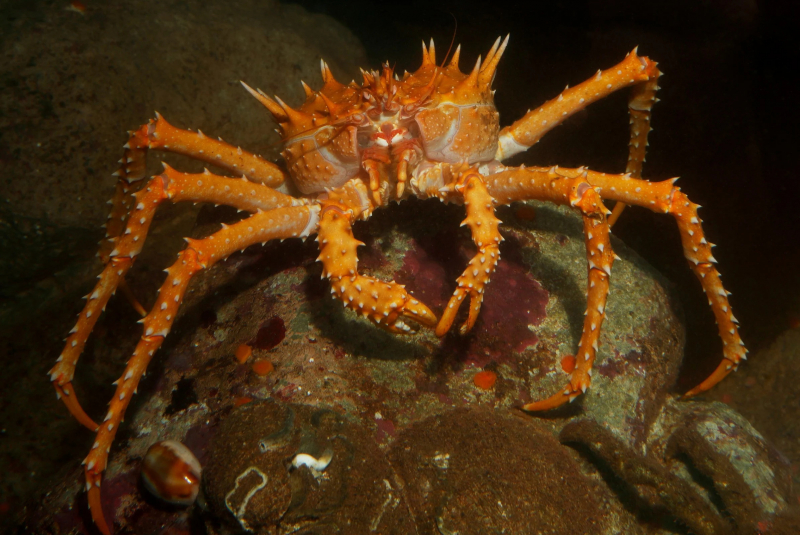
montereybayaquarium.org 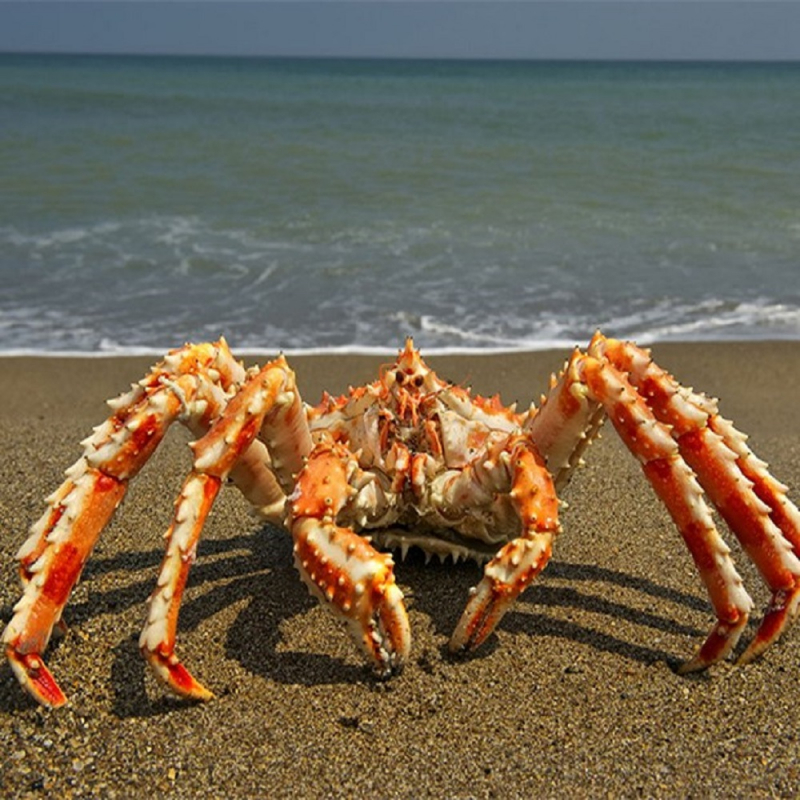
dienmayxanh.com -
The lobsters are important members of the food chain and are distinguished by their long whiskers, thin, muscular tails, and slender legs. In fact, the lobsters' antennae, sometimes known as whiskers, are helpful for their eating habits. The shorter antenna can help it decide if its prey is appropriate, while the longer one can help it become more oriented to its environment.
Small shellfish, clams, mussels, and even starfish are edible to lobsters. Since they may be found in a variety of settings, they are widely distributed. These starfish carnivores may be found on seafloors, where they gorge themselves on bottom-dwelling fish and other food.
The strong exoskeleton of the echinoderm provides little defense against the lobsters' "tooth" as they consume starfish. The strong exoskeleton of the starfish is cracked by three molar-like teeth in the stomach of the lobster, which is referred to as the "gastric mill." The larger starfish may elude medium-sized lobsters, but they can devour the smaller ones with ease. A large lobster, however, has the ability to eat an entire starfish.
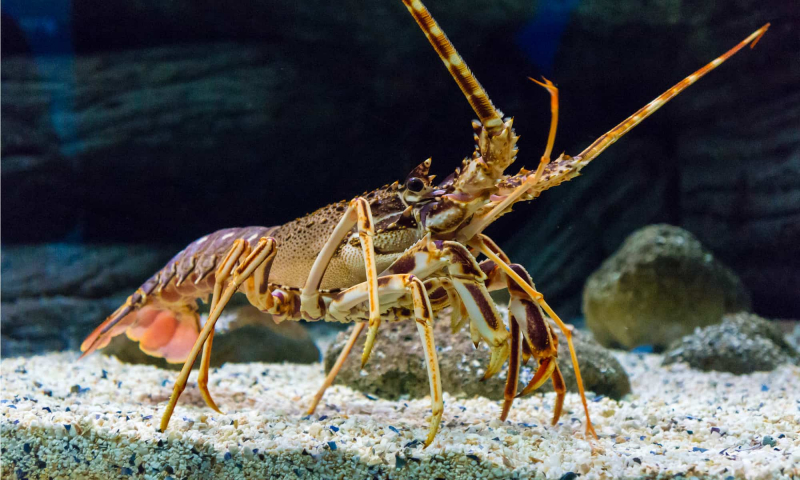
marvelvietnam.com 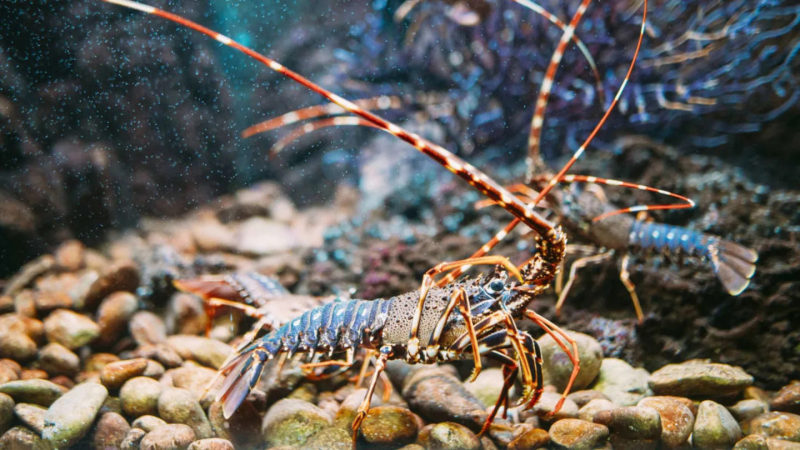
mentalfloss.com







